Working with the world's best underwater photographers and journalists, premier dive magazine Scuba Diver sets the standard by which all other dive magazines are judged. For the modern diver who wants to discover everything they need to know about exploring our fascinating oceans, both in Asia and around the world. Travel destinations, where to find spectacular marine-life, what equipment you need, dive techniques plus news on discoveries and environmental issues - Scuba Diver has it all.
Scuba Diver Australasia and Ocean Planet are alternating titles with 4 issues each per year. While SD Australasia stays true to its roots with editorial coverage exclusively from the Asia Pacific region, Ocean Planet shines a light on top diving destinations from around the world.
Macro Mania • There’s something fascinating about seeing the underwater world up close, in all its glorious detail. Looking at images that bring out the colours, texture and detail of an animal in a single frame is in itself very compelling.
SEAHORSES AND PIPEFISHES • Seahorses of the genus Hippocampus are marine fish that were named because their heads looked like horses. There are at least 50 species of seahorses that are mainly found in the world’s tropical and temperate coastal waters. They swim upright and use their flexible tails to grasp objects or anchor themselves to vegetation or coral. Male seahorses carry hundreds of eggs until they hatch. Seahorses belong to the family, Syngnathidae, together with pipefishes (Syngnathinae) and seadragons (Phycodurus and Phyllopteryx). Pipefishes have elongated bodies encased in bony rings, pectoral fins and a single dorsal fin. Some pipefishes have striking colour patterns, with spots or stripes on a fan tail.
CRUSTACEANS • These animals make up a very large group in the Arthropoda phylum and most of them are found in freshwater and marine environments throughout the world, even high-altitude mountain lakes. Crabs, shrimp, krill, barnacles, copepods and mantis shrimp are but a few that are found in the ocean.
CEPHALOPODS • This class of molluscs is the most intelligent and mobile, and displays a remarkable diversity in size and adaptations for predation, locomotion, camouflage and communication. Highly advanced and organised, these invertebrates are exclusively marine-dwelling animals that have suckered tentacles and arms, camera-like eyes and colour-shifting skin. They range in size from the giant squid at 20 metres (the world’s largest mobile invertebrates) to the smallest, pygmy squids (Idiosepius), which are barely an inch long.
FROGFISH • This family of fish deserves a whole category on its own for its peculiar behaviour and adaptations. These members of Antennariidae are found in shallow, tropical and subtropical waters around the world. With modified pectoral fins that look like webbed feet, they often “walk” on the ocean floor to look for prey. They are masters of disguise and can resemble the colours and textures of sponges and corals, ambushing unsuspecting prey by looking like an algae-covered rock. All frogfish also have “lures”, a thin filament on their heads that could look like a worm, small fish or shrimp which they use as bait, hence their other common name, anglerfish.
NUDIBRANCHS • These shell-less molluscs display some of the wildest colour combinations, patterns and shapes of any animal. They vary widely in size, from microscopic to half a metre long! More than 3,000 known species are found throughout the world’s oceans. Nudies, as they are affectionately known, derive their colours from the food they eat – sponges, corals, hydroids, tunicates, algae and sometimes other nudibranchs. The colours help in camouflage or warn predators of foul-tasting toxins that lie within. With no “eyes”, they sense the world through two highly sensitive rhinopores on the top of their heads.
FISH AND...
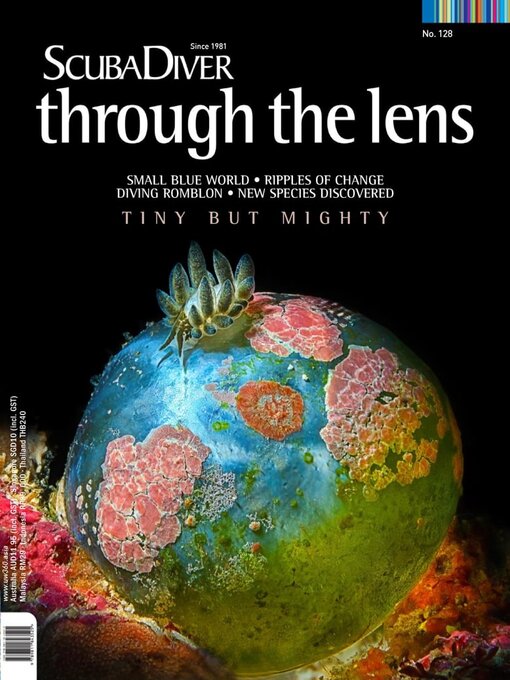
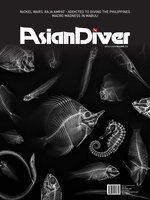 Asian Diver - Vol. 171
Asian Diver - Vol. 171
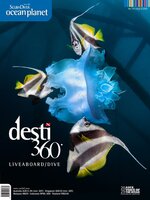 Scuba Diver 2/2025 - 133
Scuba Diver 2/2025 - 133
 Asian Diver - Vol. 170
Asian Diver - Vol. 170
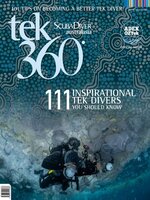 Scuba Diver 1/2025 - 132
Scuba Diver 1/2025 - 132
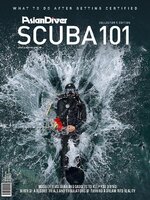 Asian Diver - Vol. 169
Asian Diver - Vol. 169
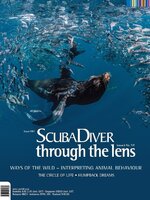 3/2024 - 131
3/2024 - 131
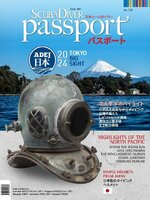 2/2024 - 130
2/2024 - 130
 Asian Diver - Vol. 168
Asian Diver - Vol. 168
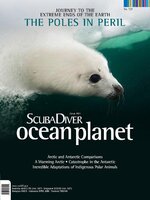 1/2024 - 129
1/2024 - 129
 3/2023 - 128
3/2023 - 128
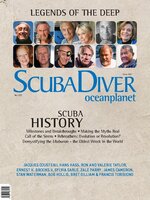 2/2023 - 127
2/2023 - 127
 1/2023 - 126
1/2023 - 126
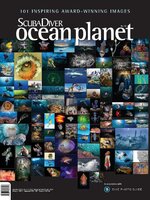 4/2022 - 125
4/2022 - 125